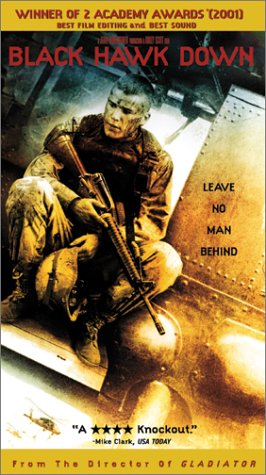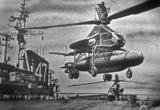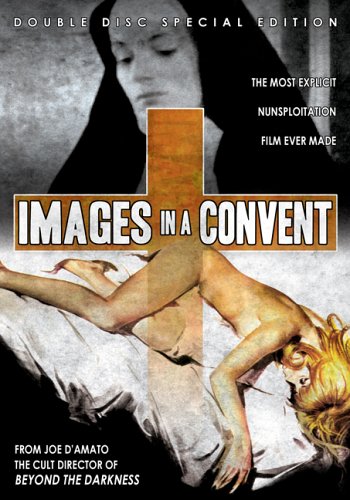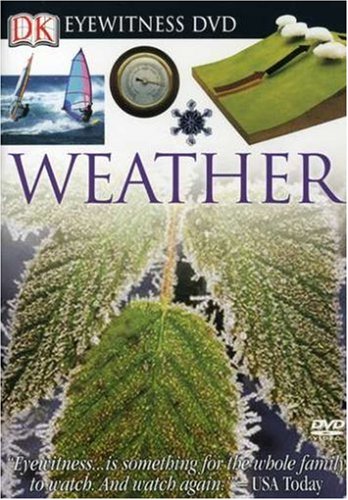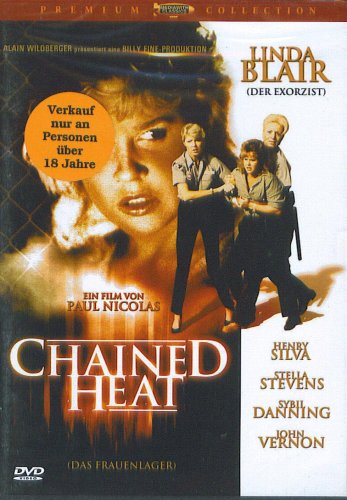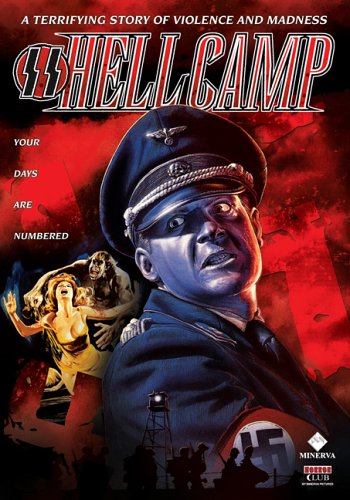The Warner Gangsters Collection (The Public Enemy / White Heat / Angels with Dirty Faces / Little Caesar / The Petrified Forest / The Roaring Twenties) Review


The Warner Gangsters Collection (The Public Enemy / White Heat / Angels with Dirty Faces / Little Caesar / The Petrified Forest / The Roaring Twenties) Feature
- The Public Enemy The taut, realistic time capsule of the Prohibition Era. James Cagney's breakthrough role! With 2 minutes of Recovered Footage not seen in over 70 years. White Heat "Made it, Ma! Top of the world!" Cagney's psychotic Cody Jarrett sparks this searingic. Angels with Dirty Faces Best Actor James Cagney: New York Film Critics/National Board of Review Awards! Ghetto ki
For a knock-out combination of timeless entertainment and vintage studio history, you can't do much better than
The Warner Brothers Gangsters Collection. In the 1930s and '40s, Paramount specialized in glossy comedies, MGM popularized lavish musicals, Universal produced signature horror classics, and Fox scored hits with sophisticated dramas. But it was Warner Bros. that generated controversy--if not always box-office profits--with so-called "social problem" films, and that meant gangsters. When viewed in their pre- and post-Prohibition context and in chronological order (
Little Caesar and
The Public Enemy, 1931;
The Petrified Forest, 1936;
Angels With Dirty Faces, 1938;
The Roaring Twenties, 1939;
White Heat, 1949), these six films definitively capture Warners' domination of the mobster genre, and to varying degrees, they all qualify as classics.
With its stilted visuals and pulpy plot, Little Caesar remains stuck in the stiff, early-sound era, but it's still a prototypical powerhouse, with Edward G. Robinson's titular "Rico" setting the stage for all screen gangsters to follow. The Public Enemy made James Cagney a star (who can forget him smashing a grapefruit into Mae Clarke's face?), and Humphrey Bogart repeats his Broadway success in The Petrified Forest, a stagy adaptation of Robert Sherwood's play, still enjoyable for Bogey's ever-threatening malevolence. Then it's a Cagney triple-threat in Angels (with Pat O'Brien), racketeering in The Roaring Twenties (with Bogart), and especially the jailbird classic White Heat, with a fiery finale and an exit line ("Made it Ma! Top o' the world!") that epitomized Cagney's iconic, tough-guy image. In many ways Cagney was Warner Bros., and this Gangsters Collection pays enduring tribute to him and the important films that forged the studio's rugged reputation. --Jeff Shannon
The Public Enemy showcases James Cagney's powerful 1931 breakthrough performance as streetwise tough guy Tom Powers. When shooting began, Cagney had a secondary role but Zanuck soon spotted Cagney's screen dominance and gave him the star part. From that moment, an indelible genre classic and an enduring star career were both born.
As a psychotic thug devoted to his hard-boiled ma, James Cagney - older, scarier and just as elctrifying - gives a performance to match his work in The Public Enemy as White Heat's cold-blooded Cody Jarrett. Bracingly directed by Raoul Walsh, this fast-paced thriller tracing Jarrett's violent life in and out of jail is also a harrowing character study. Jarrett is a psychological time bomb ruled by impulse. It is among the most vivid screen performances of Cagney's career, and the excitement it generates will put you on top of the world!
In Angels with Dirty Faces, Cagney's Rocky Sullivan is a charismatic ghetto tough whose underworld rise makes him a hero to a gang of slum punks. The 1938 New York Film Critics Best Actor Award came Cagney's way, as well as one of the film's three Oscar nominations. Watch the chilling death-row finale and you'll know why.
"R-I-C-O, Little Caesar, that's who!" Edward G. Robinson bellowed into the phone. And Hollywood got the message: 37-year-old Robinson, not gifted with matinee-idol looks, was nonetheless a first-class star and moviegoers hailed the hard-hitting social consciousness dramas that became the Depression-era mainstay of Warner Bros.
Little Caesar is the tale of pugnacious Caesar Enrico Bandello, a hoodlum with a Chicago-sized chip on his shoulder, few attachments, fewer friends and no sense of underworld diplomacy. And Robinson - a genteel art collector who disdained guns (in the movie, his eyelids were taped to keep them from blinking when he fired a pistol) - was forever associated with the screen's archetypal gangster.
A rundown diner bakes in the Arizona heat. Inside, fugitive killer Duke Mantee sweats out a manhunt, holding disillusioned writer Alan Squier, young Gabby Maple and a handful of others hostage.
The Petrified Forest, Robert E. Sherwood's 1935 Broadway success about survival of the fittest, hit the screen a year later with Leslie Howard and Humphrey Bogart magnificently recreating their stage roles and Bette Davis ably reteaming with her Of Human Bondage co-star Howard. Sherwood first wanted Bogart for a smaller role. "I thought Sherwood was right," Bogart said. "I couldn't picture myself playing a gangster. So what happened? I made a hit as the gangster." So right was he that Howard refused to make the film without him...and helped launch Bogie's brilliant movie career.
In The Roaring Twenties, the speakeasy era never roared louder than in this gangland chronicle that packs a wallop under action master Raoul Walsh's direction. Against a backdrop of newsreel-like montages and narration, it follows the life of jobless war veteran Eddie Bartlett (James Cagney) who turns bootlegger, dealing in "bottles instead of battles." Battles await Eddie within and without his growing empire. Outside are territorial feuds and gangland bloodlettings. Inside is the treachery of his double-dealing associate (Humphrey Bogart). It would be 10 years before Cagney played another gangster (in White Heat), a time in which gangster movies themselves became rare. "He used to be a big shot," Panama Smith (Gladys George) says at the finale, marking Bartlett's demise...and signaling the end of Hollywood's focus on the gangster era.





